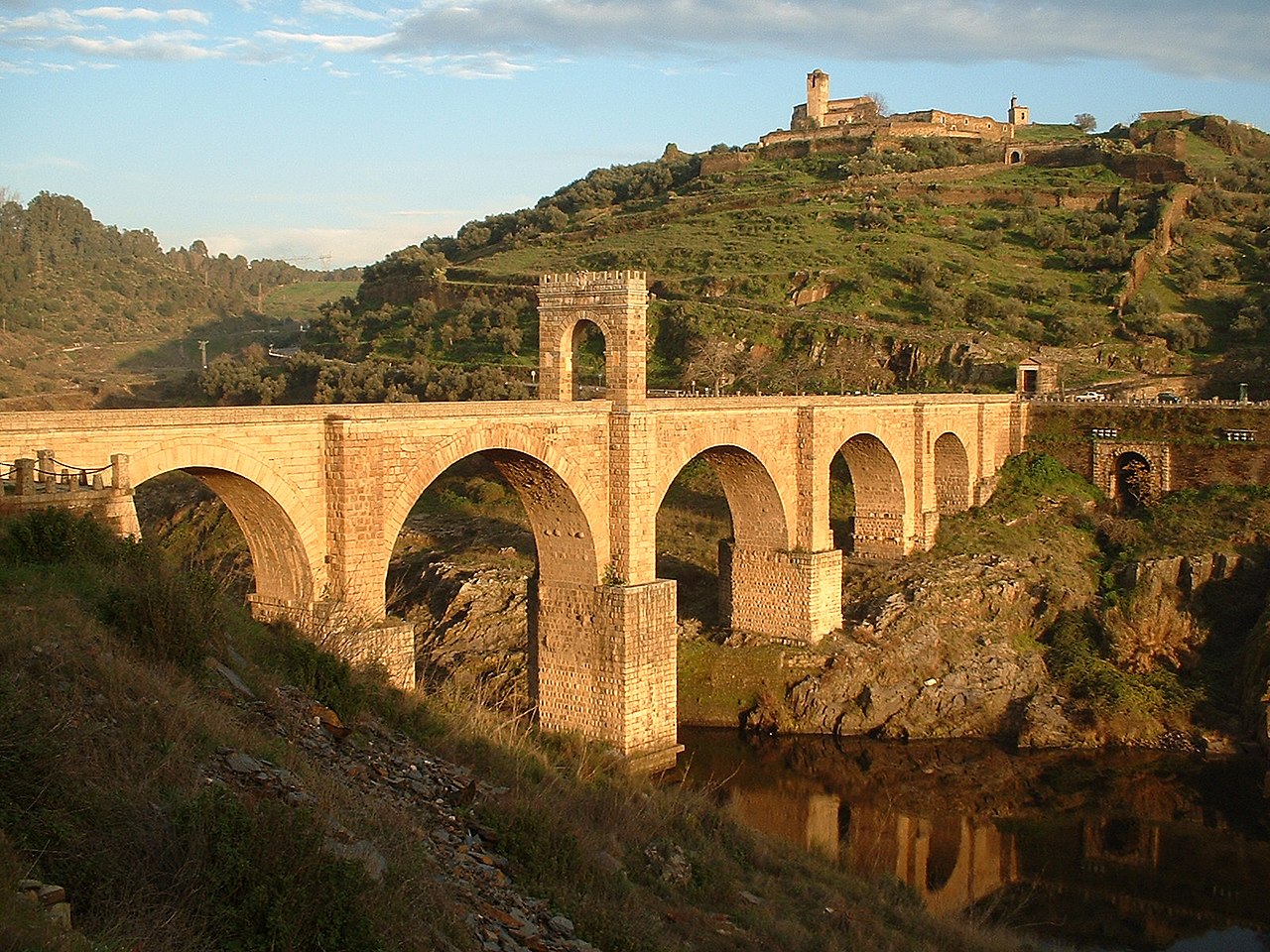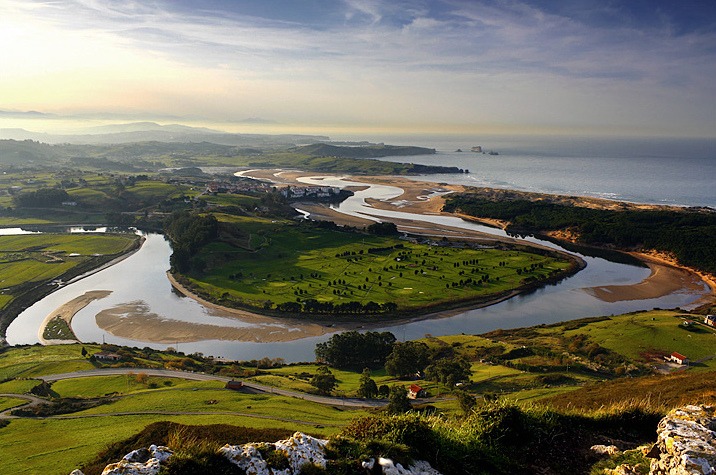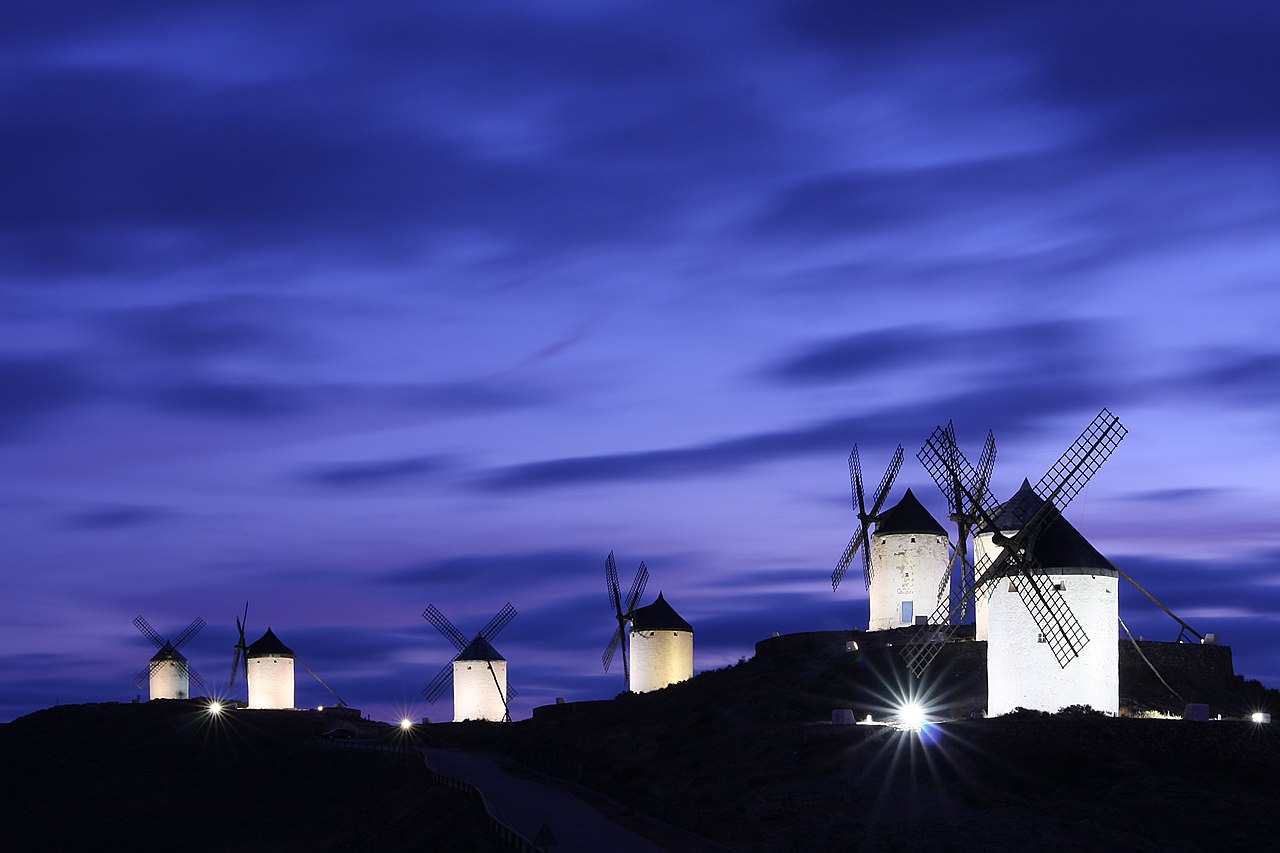Extremadura enchants visitors with its stunning landscapes, rich cultural heritage, and delicious cuisine. Whether you’re exploring historic towns, hiking through beautiful natural parks, or savoring local dishes, Extremadura offers a memorable and enriching travel experience.
Getting There and Around
Extremadura, located in western Spain bordering Portugal, is a region rich in history and natural beauty. The main gateways to Extremadura are Badajoz Airport, offering domestic flights, and nearby Madrid-Barajas Airport, which serves international travelers. The region is well-connected by train and bus services, with major routes passing through cities like Mérida, Cáceres, and Badajoz. Renting a car is a convenient option for exploring the region, as it allows easy access to rural areas and historical sites. Public transportation within cities includes buses, and many towns are pedestrian-friendly.
Top Attractions
- Mérida: A UNESCO World Heritage site, Mérida is renowned for its well-preserved Roman ruins, including the Roman Theatre, Amphitheatre, and the impressive Temple of Diana. The National Museum of Roman Art is also a highlight.
- Cáceres: Another UNESCO World Heritage site, Cáceres features a stunning medieval old town with cobblestone streets, fortified houses, and beautiful squares. Notable sites include the Plaza Mayor, the Concatedral de Santa María, and the Arab walls.
- Monfragüe National Park: This park is a haven for bird watchers and nature lovers, featuring rugged landscapes, diverse wildlife, and excellent hiking trails. It’s particularly famous for its population of vultures.
- Trujillo: Known for its medieval and Renaissance architecture, Trujillo boasts a picturesque old town with a stunning castle, beautiful plazas, and historic churches. The Plaza Mayor is a must-see.
- Guadalupe: The Royal Monastery of Santa María de Guadalupe is a UNESCO World Heritage site and an important pilgrimage destination. The monastery features stunning architecture and a rich history.
- Plasencia: This charming town is known for its historic center, including the Plaza Mayor, the Cathedral of Plasencia, and beautiful palaces and churches. The town’s old Jewish Quarter is also worth exploring.
Culture and Cuisine
Extremadura’s cultural heritage is deeply rooted in its history, with influences from Roman, Moorish, and Christian civilizations. The region is known for its traditional festivals, such as the Holy Week processions in Mérida and the Womad Festival in Cáceres, which celebrates world music, arts, and dance.
Extremaduran cuisine is hearty and flavorful, emphasizing local ingredients and traditional recipes. Must-try dishes include jamón ibérico (Iberian ham), migas (a dish made from breadcrumbs, garlic, and chorizo), gazpacho extremeño (a local variation of cold tomato soup), and torta del Casar (a creamy sheep’s milk cheese). The region is also known for its excellent wines and liqueurs. Don’t miss tasting floretas (fried pastry) and perrunillas (almond cookies).
Shopping
For shopping enthusiasts, major cities like Mérida, Cáceres, and Badajoz offer a mix of local boutiques, specialty stores, and artisan shops. Historic centers are ideal for finding unique souvenirs, handcrafted goods, and traditional Extremaduran products such as ceramics, leather goods, and textiles. Local markets, like the Mercado de San Albin in Mérida and the Mercado de Ronda del Carmen in Cáceres, are great places to buy fresh produce, local delicacies, and artisanal goods.
Day Trips
Extremadura’s diverse landscape and rich history make it ideal for day trips:
- Valle del Jerte: Known for its stunning cherry blossoms in spring, this valley offers beautiful landscapes, hiking trails, and charming villages. It’s perfect for nature lovers and photographers.
- Alqueva Lake: One of the largest artificial lakes in Europe, Alqueva Lake is ideal for water sports, fishing, and relaxing by the water. The surrounding area offers picturesque views and opportunities for bird watching.
- Zafra: A historic town known for its beautiful plazas, including Plaza Grande and Plaza Chica, and the impressive Alcázar of the Dukes of Feria. The town’s medieval and Renaissance architecture is a highlight.
Practical Tips
- Best Time to Visit: Spring (March to May) and Fall (September to November) offer mild weather and fewer tourists. Summers can be very hot, while winters are cold but quieter.
- Language: Spanish is the official language. While English is spoken in tourist areas, learning some basic Spanish phrases can enhance your experience and interactions with locals.
- Safety: Extremadura is generally safe, but as with any tourist destination, be mindful of your belongings in crowded areas and tourist sites to avoid pickpocketing.





